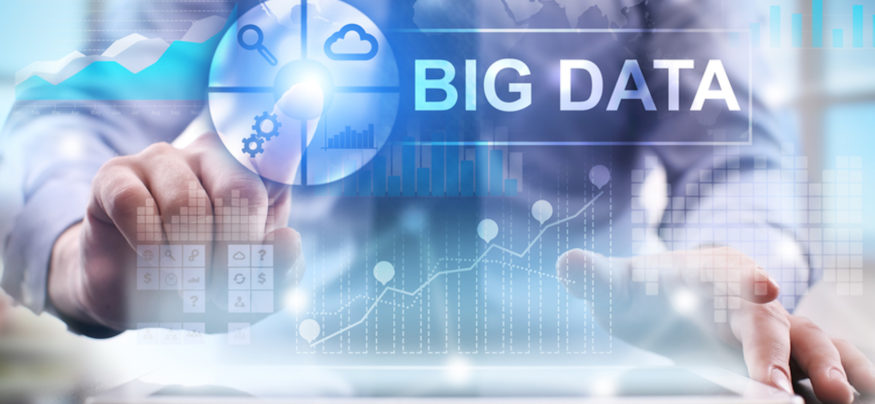Data-driven marketing — a phenomenon enabled by big data analysis — can be used for a variety of purposes. One area in which it’s becoming especially widely used is in the analysis of election data.
Big data analytics was first used in Mitt Romney’s 2012 presidential election campaign to develop a more precisely targeted effort, reaching specific audiences at a lower cost than broad messages delivered to the mainstream. The sort of information that’s analyzed in such campaigns includes voter name, party affiliation, voting history, and demographic and geographic information. Today, analyzing election data and targeting campaigns toward specific groups is considered critical to every campaign, including the upcoming presidential election.
Big Data for Data-Driven Marketing
Beyond changing the rules of the game for leadership elections, big data analytics has also come into use for a wide range of other purposes. It’s increasingly being utilized by different organizations that collect huge reams of data from a wide range of sources in multiple formats. This includes structured data that’s inputted into databases, semi-structured data from sources such as log files, and unstructured data such as that found in documents and text files, emails, text messages and social media posts. All of this data can be analyzed using data-mining techniques to uncover patterns and trends and to segment customers. With these capabilities, advertising budgets can be spent much more efficiently than through blanket advertising on television, which is a very similar use case to that of big data in election campaigns.
Marketing campaigns can also be tailored to the way individuals consume information. According to comScore, smartphones and tablets now account for 60 percent of time spent on digital media. Millennials lead the way in terms of mobile-only internet use, with 21 percent no longer using desktop computers to go online. But older consumers are also increasingly using mobile devices. By analyzing big data sets, organizations will be better able to make the most of their advertising budgets by discerning which customers would be best targeted by mobile advertising. They’ll also be able to better deliver consistent messaging across different types of devices, which is especially important in sectors such as multichannel retail.
Wide-Ranging Opportunities
In addition to improving efficiency and effectiveness in marketing, big data analytics can benefit organizations in many other ways, including enabling better decision making in areas such as product design, and for learning where operational efficiencies could be gained, and costs and risk reduced. By analyzing big data sets, organizations can better anticipate where the best opportunities for future business may lie.
Big data analytics was once seen solely as the preserve of large enterprises and governments. However, the advent of cost-effective online platforms means that smaller organizations can now benefit as well. As the Internet of Things expands, more opportunities will be created through analyzing ever-larger data sets, bringing wide-ranging benefits to businesses and governments, as well as consumers.
Big data can also produce significant benefits in the finance sector. Find out here how banks are using big data to better understand their customers.







